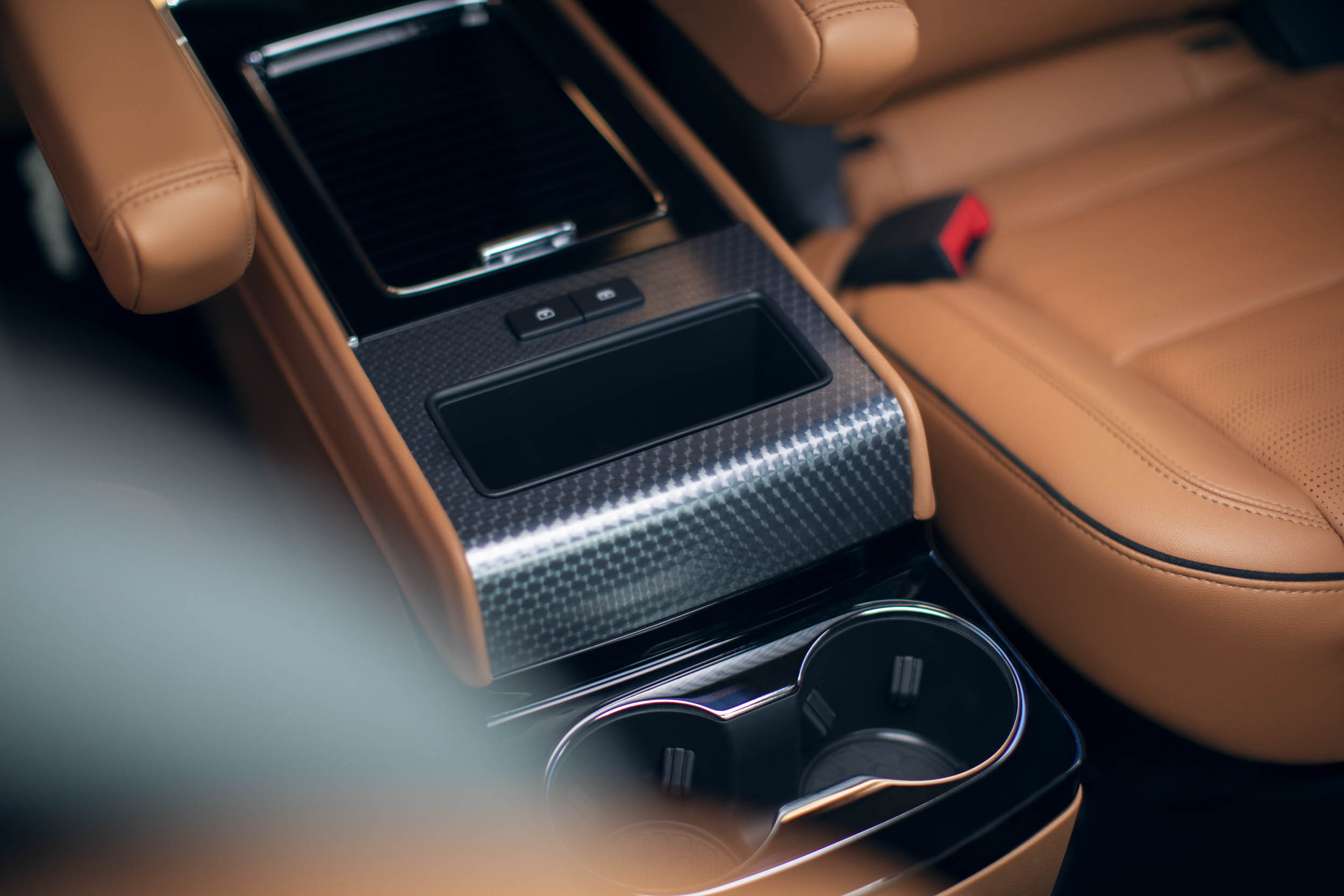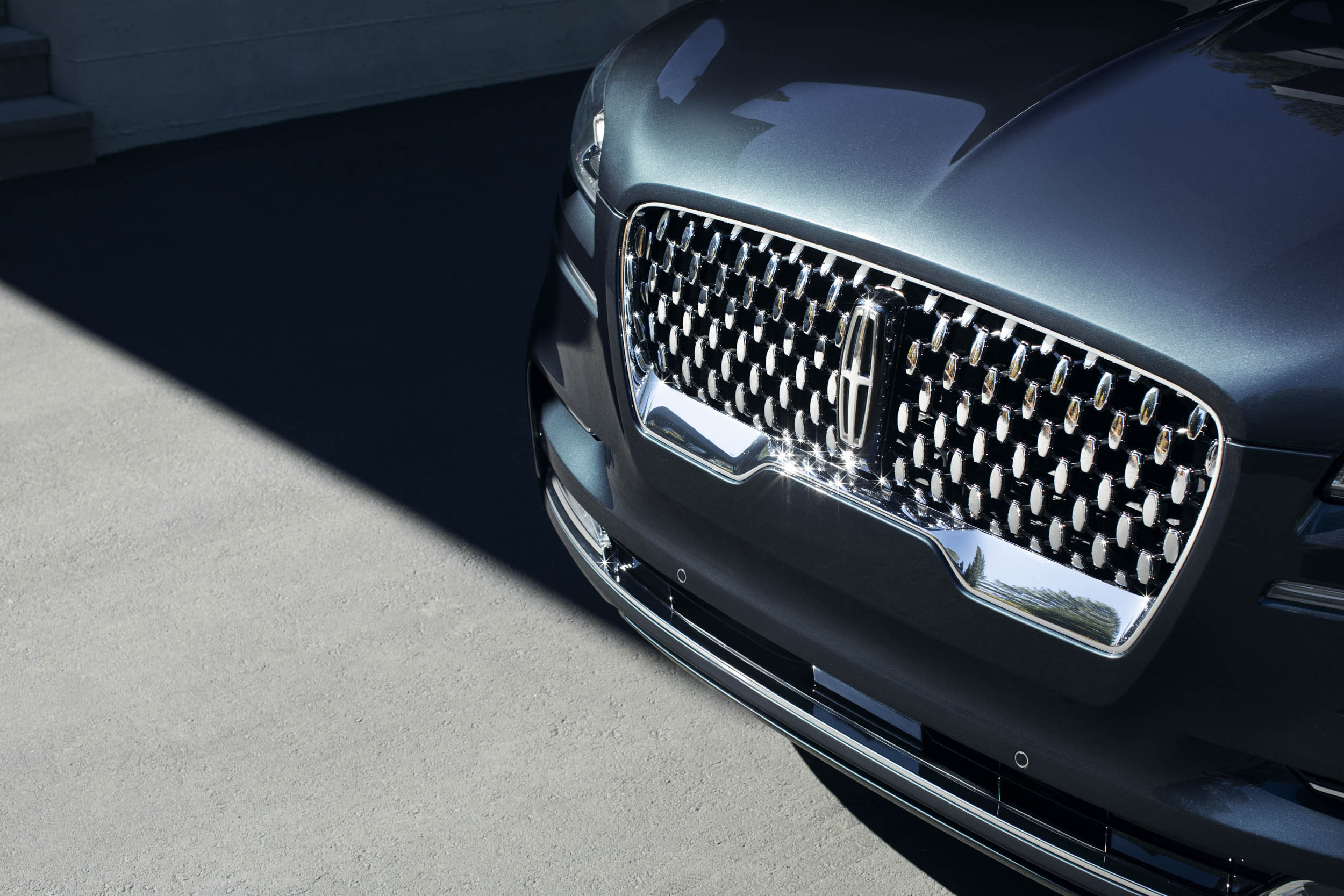Media | Articles
The 2020 Lincoln Aviator is a 450-hp hot-rod SUV
A hybrid powertrain that pairs a battery pack with a twin-turbo V-6 to produce at least 450 hp and more than 600 lb-ft of torque? Yes, that’s the chief bragging right for the all-new Lincoln Aviator mid-size crossover that debuts this week at the Los Angeles auto show. That’s the official news, anyway.
What’s not official is that Ford’s all-new rear- and all-wheel-drive architecture for the Aviator and the next Ford Explorer (which is itself expected to debut at the Detroit auto show in January), is also likely to underpin the next Mustang, expected in 2021. This vehicle architecture, known internally as the CD6 platform, is part of Ford’s future plan to simplify production and development.
Lincoln officials are mum about other plans for the CD6 platform but acknowledge that it has great flexibility for future Ford and Lincoln applications, which is about all we need to know, especially since Ford has made it clear it wants to shrink its number of vehicle platforms as it phases out all cars in North America except the Mustang in favor of crossovers, SUVs, and pickups. The CD6 platform also accommodates a battery pack under the passenger compartment floor in the Aviator Grand Touring model, lending credence to recent rumors that the next Mustang will also be offered as a hybrid.
In the meantime, when it goes on sale in summer 2019 as a 2020 model, the three-row, six- or seven-passenger Aviator will slot beneath the gargantuan Navigator and above the Nautilus and MKC crossovers in Lincoln’s SUV lineup. Pricing and detailed specs will be announced closer to production, but we’ve seen the new Aviator and it ought to give some of the German and Japanese competition something to worry about. Not to mention Cadillac, which still doesn’t have a midsize three-row crossover SUV, only the big Escalade.
Marketplace
Buy and sell classics with confidence



Lincoln design director David Woodhouse says the Aviator’s styling is, big surprise, inspired by aviation, particularly the way the sides of the vehicle taper toward the hatch, like an aerofoil. Lincoln has recently compared its vehicles to ships and planes, and although the analogies are getting tired, the Aviator is indeed a handsome piece of kit. It sits wide and low, the lines are strong but clean, and the aluminum hood (other body panels are steel) wraps handsomely toward the grille. The whole front of the vehicle looks much lower than most mid-size SUVs, providing almost a wagon effect. The Aviator is much more visually appealing than the oversized Navigator, more in the mold of the handsome Nautilus.
Every version of the Aviator comes heavy with performance potential. The base powertrain will be a twin-turbocharged 3.0-liter V-6 making about 400 hp and mated to a 10-speed automatic, with either rear- or all-wheel drive. Lincoln is positioning the Grand Touring model’s hybrid powertrain as a luxury option as much as a performance upgrade, touting its ability to effortlessly whisk the Aviator’s occupants in speedy serenity. We’d rather envision it doing four-wheel burnouts, but to each his own. Combined with standard all-wheel drive, it ought to make the Aviator quite an all-weather express.
“Think of it as a twin-turbo V-8 [powertrain] that gets really good fuel economy,” quips the Aviator’s chief engineer, John Davis, equating the hybrid system to two extra cylinders under the hood. Two special drive modes were developed especially for the Grand Touring: Pure EV, which allows the vehicle to be driven mostly on battery power; and Preserve EV, which allows the owner to save battery power for later, such as when the vehicle is in the city rather than on the freeway.




Inside, the Aviator continues Lincoln’s recent stellar work in cabin design, as seen particularly in the Navigator and Nautilus. A new three-spoke steering wheel, with a dedicated button at the 10 o’clock position for voice commands and a couple of attractive toggle switches for various secondary functions, debuts. The Black Label series brings some particularly fetching leather-and-trim combinations, such as “luggage tan,” a saturated cognac that is reminiscent of a Range Rover interior. The Black Label leather is particularly supple, not the usual overprocessed automotive leather.
Lincoln, unencumbered by a desire to out-do BMW in the dynamics department like Cadillac, sees that its mission is to out-luxury Mercedes and Lexus, so its engineers and product planners are always looking for some new feature to make life easier. The air suspension automatically lowers the vehicle to its lowest setting when the driver approaches (total range of movement is 80mm, or about 3 inches), to ease entry. You can use your smartphone in lieu of a key fob. Two optional Revel stereos, with 14 or 28 speakers, tempt audiophiles. Lincoln even partnered with the Detroit Symphony Orchestra to create custom symphonic chimes, in three levels of intensity, to replace the usual electronic chirps and beeping reminders. The 30-way Perfect Position seats that debuted in the Navigator are also available. And of course there’s a full suite of the latest passive and active safety equipment, such as Evasive Steer Assist, which helps steer the car around an obstacle if a collision cannot be avoided using braking alone.



So, even if you’re not in the market for a luxury three-row crossover, the debut of the Aviator as the first vehicle on Ford’s CD6 platform is notable, as it most likely points the way to the next Mustang. As good as the current Mustang is, the notion of an all-wheel-drive Mustang with a rear-wheel bias and a hybrid battery pack creating upward of 600 lb-ft of torque is a tantalizing thing to contemplate.





















